Finding Kesha’s Rainbow
Most of us are familiar with Ke$ha, the pop star whose voice was drowned in auto-tuned songs like “Tik Tok”, “Your Love Is My Drug”, and “Die Young”. In more recent years, Kesha has had very public legal battles with her producer, Dr. Luke, beginning in October 2014 when she filed a civil suit against Dr. Luke for infliction of emotional distress and gender-based hate crimes. The dispute ended in August 2016 when Kesha dropped her case after a judge in April dismissed all of her abuse claims. Kesha is now back to making music, fulfilling her contract under Dr. Luke, but it is unlike anything she has done before.

Rainbow was released this past August, following its singles: “Praying”, “Woman, Learn to Let Go”, and “Hymn”. Each song holds its own form of power, and actually showcases Kesha’s voice instead of hiding it. “Praying”, the first single to be released, was the perfect introduction to this album for a number of reasons, primarily because it introduces the listener to Kesha’s new and individual style. The song starts out with simple piano chords, and Kesha’s natural voice carries narrative lyrics over them. The acoustic sound is a stark contrast to the techno beats and autotune that categorized a Ke$ha song. More instruments and harmonies are added throughout the chorus and the second verse, allowing for this organic slow build that pays off in the bridge, which she ends with a killer high note. Ignoring the lyrics, it’s in and of itself a beautiful song with an intense amount of passion. The lyrics are, however, what makes this song the perfect premier single for this album, as opposed to simply being a good song.
There are plenty of articles that address the hidden meanings throughout Kesha’s whole album, and “Praying” in particular, but it’s hard to say that the meanings are hidden in any sense. All throughout “Praying”, Kesha appears to make repeated references to her struggles against Dr. Luke throughout the past 2-3 years, singing “you brought the flames, and you put me through hell. I had to learn how to fight for myself, and we both know all the truth I could tell.” While it’d be very easy and more than justifiable for Kesha to use this song to curse out Dr. Luke, she doesn’t. Instead, she uses this song to explore redemption. Throughout the chorus she repeatedly sings “I hope you’re somewhere praying… I hope your soul is changing,” and she ends the chilling bridge with the line “some say, ‘in life you’re gonna get what you give,’ but some things only God can forgive.” These lines don’t support a song of forgiveness, but a song about moving on, gaining strength in your own redemption and asking others to do the same while not depending on that action.
This theme of redemption and rebirth is recurrent throughout the album. A good chunk of the songs do not directly address this theme; however, every few songs bring the listener back to the call for self-love. “Learn to Let Go” goes through the process of deciding to “choose redemption” and be “done reliving bad decisions.” “Bastards” and “Let ‘Em Talk”, the first two songs on the album, all encourage ignoring others hurtful, unimportant opinions. Finally, “Rainbow”, the title song and my personal favorite on the album, takes all of these overlapping themes— redemption, letting go, acceptance, and self-love— and addresses them using beautiful piano and string instruments. The song asks the listener to temporarily cast off the hurt of the past, to “put those [rainbow] colors on, girl; come and paint the world with me tonight.” It’s soft and simple in message, but I tear up every time I listen to it.
Rainbow as a full album may not be for everyone. Each song has a new, distinct Kesha style, experimenting with genre, ranging from pop ballads to more hardcore country. Overall, Rainbow has a beautiful commentary on the nature of redemption and rebirth while also bringing forth the incredible and renewed voice of Kesha Sebert.



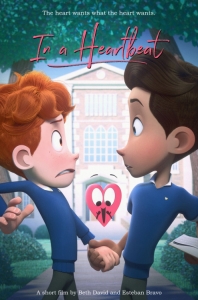
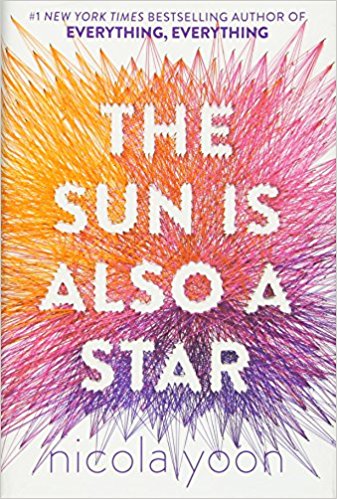
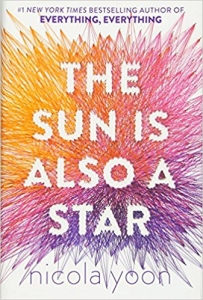
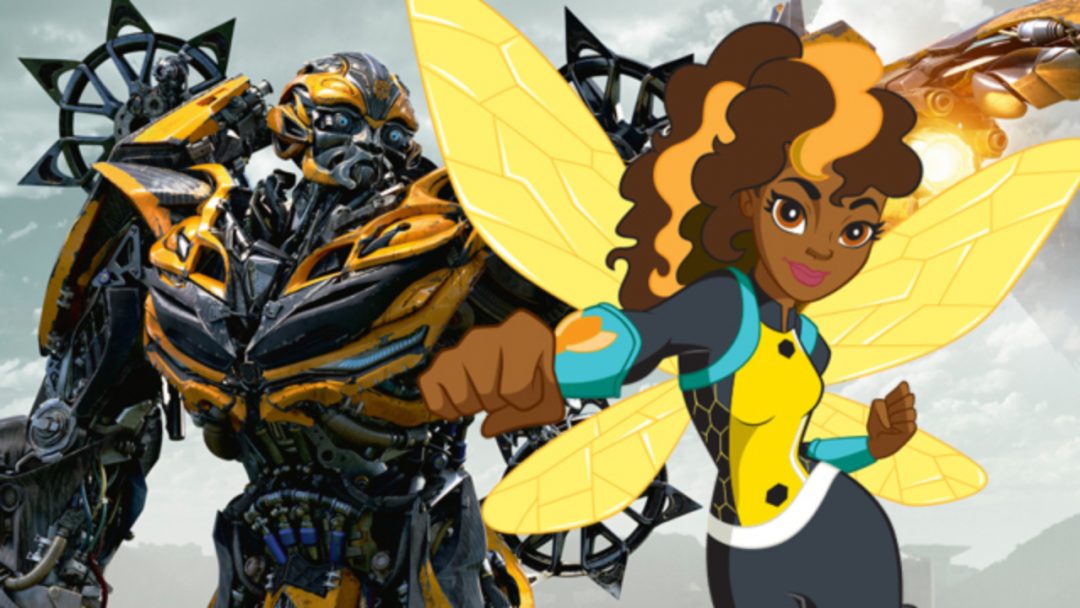

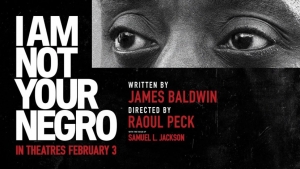

 Erika DiPasquale, Associate Editor
Erika DiPasquale, Associate Editor